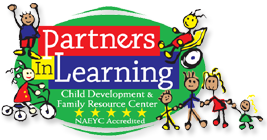This is a photo of Ceci and her Pre-K teacher, Ms. Tina, taken on graduation day this past Friday. As each student walked across the stage to receive his/her diploma, Ms. Tina listed traits that described each child. For Ceci, she read aloud, “creative, a leader, and attention to detail”.
With the guidance of this teacher, a thoughtfully and intentionally crafted curriculum and a caring preschool environment, Ceci thrived. As the school year progressed, Ms. Tina began to observe positive qualities immerging within each child. She then proceeded to nurture and cultivate these characteristics, characteristics such as leadership and creativity, and she created opportunities through daily classroom experiences to allow each child to build on their individual strengths. Ceci learned many things this year. Most importantly, she learned to love learning.
When I was in second grade, I stood by my teacher’s desk and handed her a piece of work I had completed. I had worked diligently on this assignment, though I didn’t expect she would notice. She took the paper, looked it over, then bent over and whispered in my ear, “You are so smart, Katherine. You can do anything!” This happened over five decades ago, but I still occasionally hear her whispering those words in my ear.
These are examples of the impact a teacher can have on a child’s life. I invite you to please share your own stories, good or bad. Our readers would love to hear them.
By the way, Ceci----wherever you’re headed-----you are so smart. You can do anything!
























